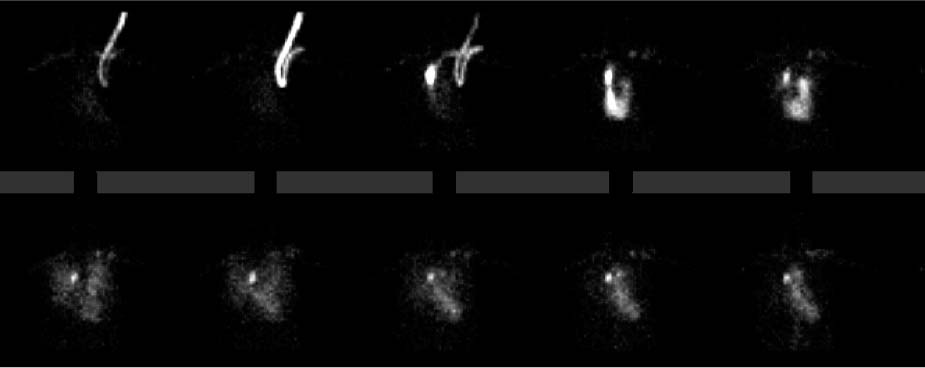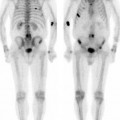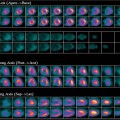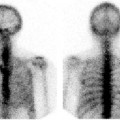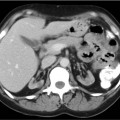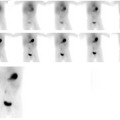CASE 157 A 44-year-old patient with colon cancer has been receiving chemotherapy through an indwelling central line. There is no problem with injecting, but there is difficulty in withdrawing blood from the central line. A flow study is requested to assess the patency of the central line (Fig. 157.1). Fig. 157.1 • To block thyroid uptake, potassium perchlorate (400 mg) is administered by mouth 15 minutes before 99mTc-pertechnetate. • Indwelling catheters with subcutaneous chambers (such as those of the Port-A-Cath) need to be accessed with sterile technique. • With the patient lying supine, butterfly needles attached to a three-way stopcock are connected to the accessed central line ports and also placed into a vein in each upper extremity. • Connected to the stopcocks are 1-mL syringes containing approximately 5 mCi of 99mTc-pertechne-tate in a volume of 0.1 to 0.3 mL and 10-mL syringes containing 10 mL of normal saline. • Gamma camera with a large field of view • Low-energy, parallel-hole, high-resolution collimator • Energy window 20% centered at 140 keV • The camera is positioned over the anterior chest and shoulders with the heart in the center of the field of view. • The tracer is administered as a bolus injection, followed by the infusion of 10-mL flushes of normal saline in rapid sequence: first into the upper extremity ipsilateral to the central line, then the contralateral arm, and finally the central line.
Clinical Presentation
Technique
Stay updated, free articles. Join our Telegram channel

Full access? Get Clinical Tree


